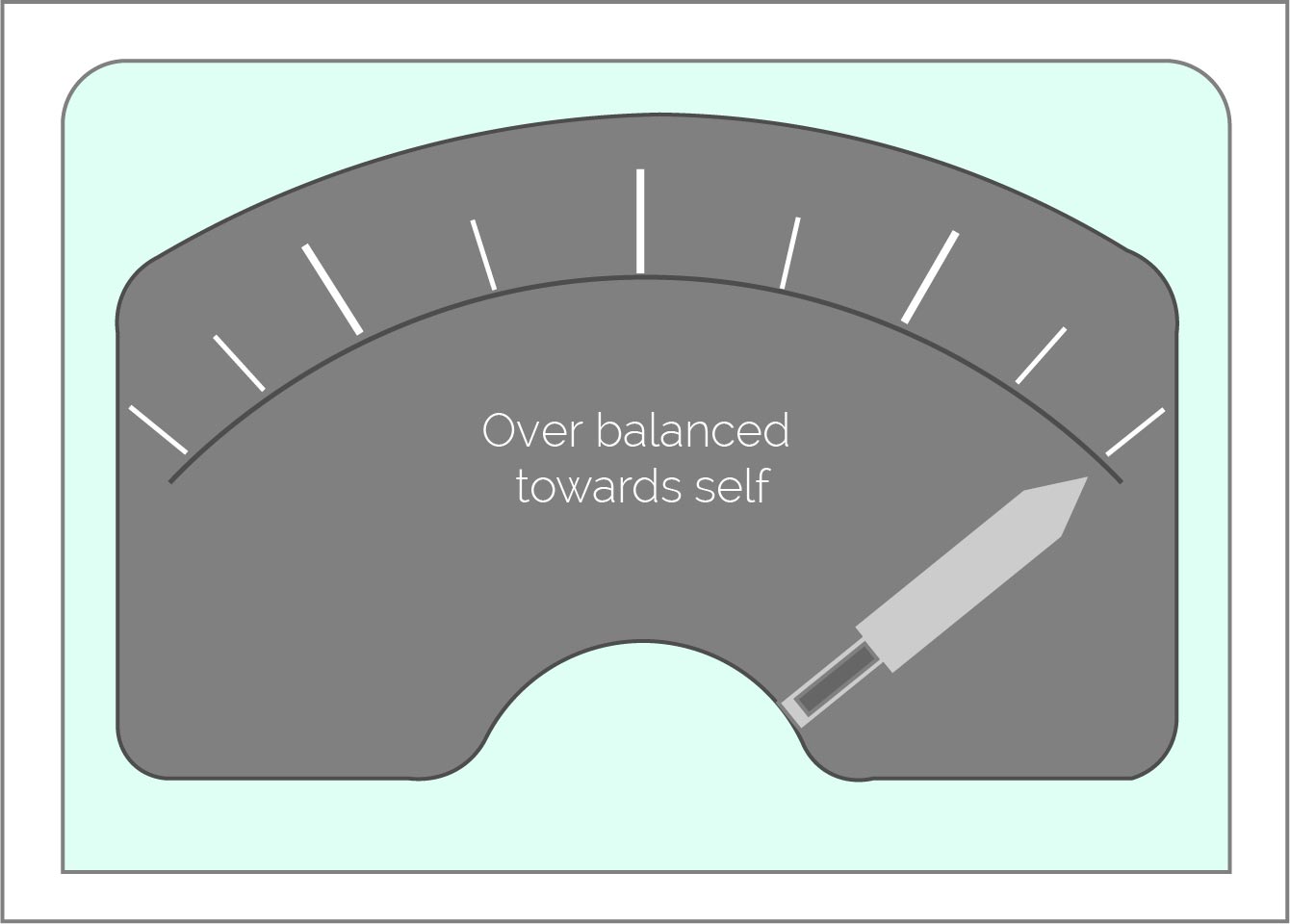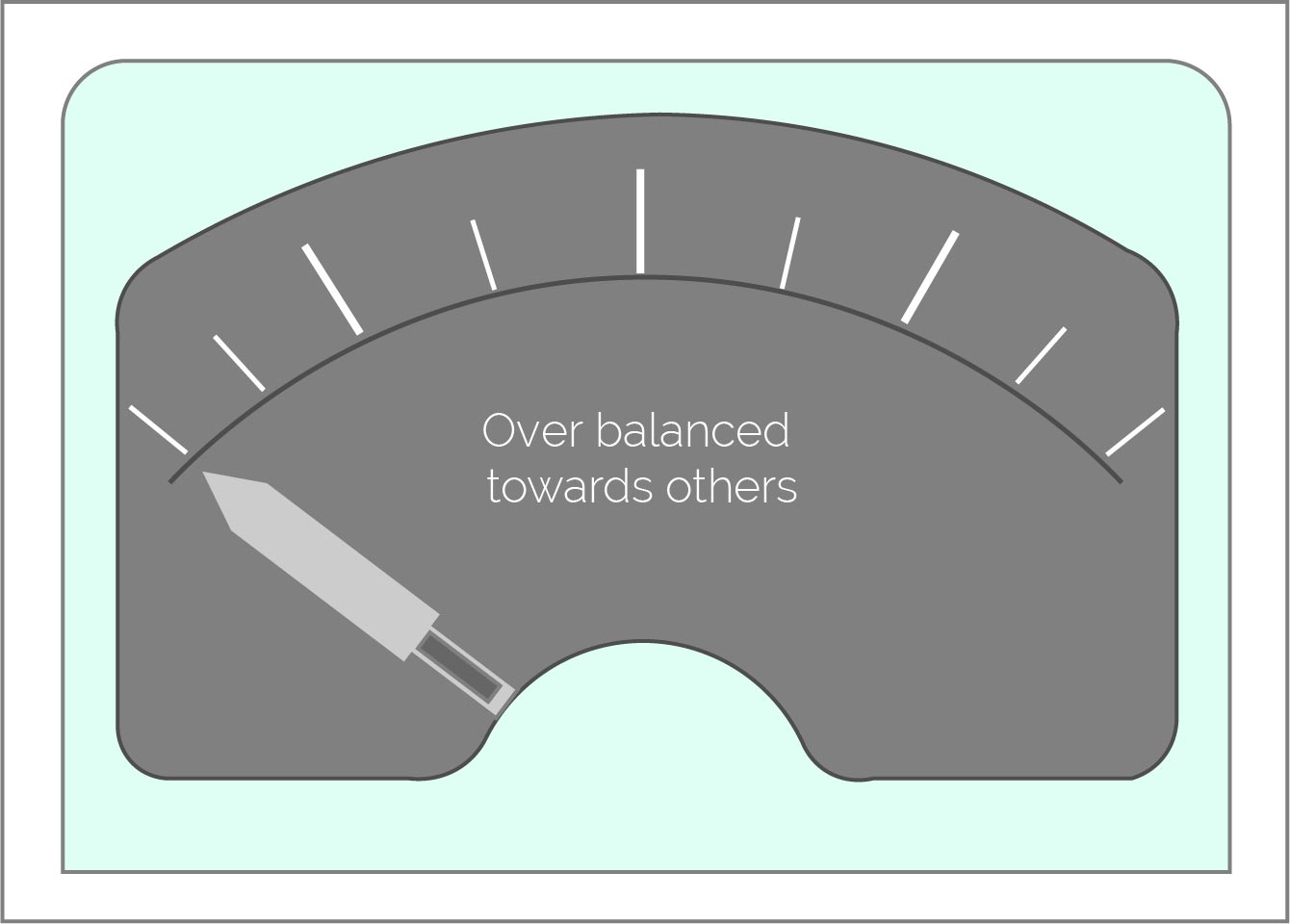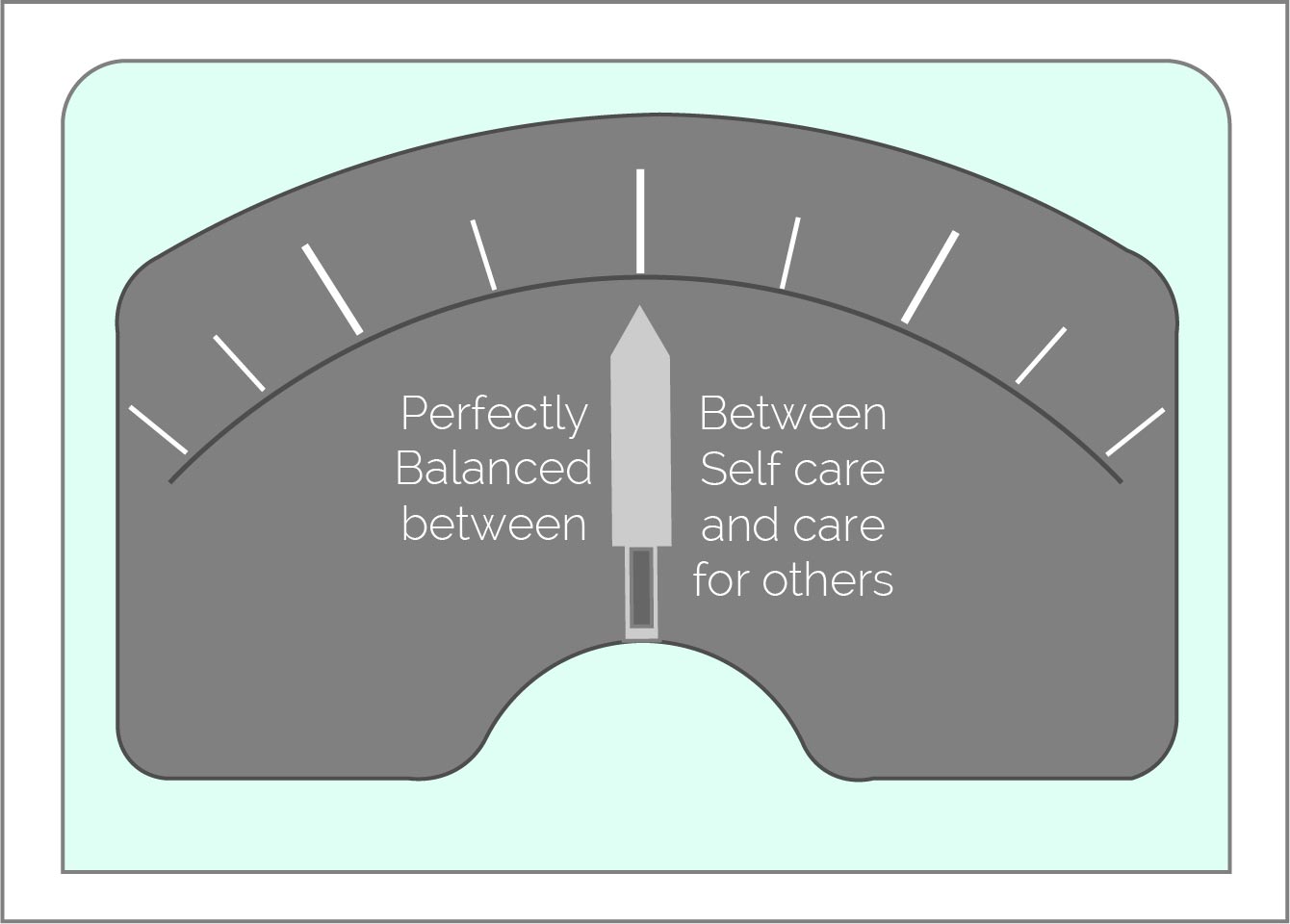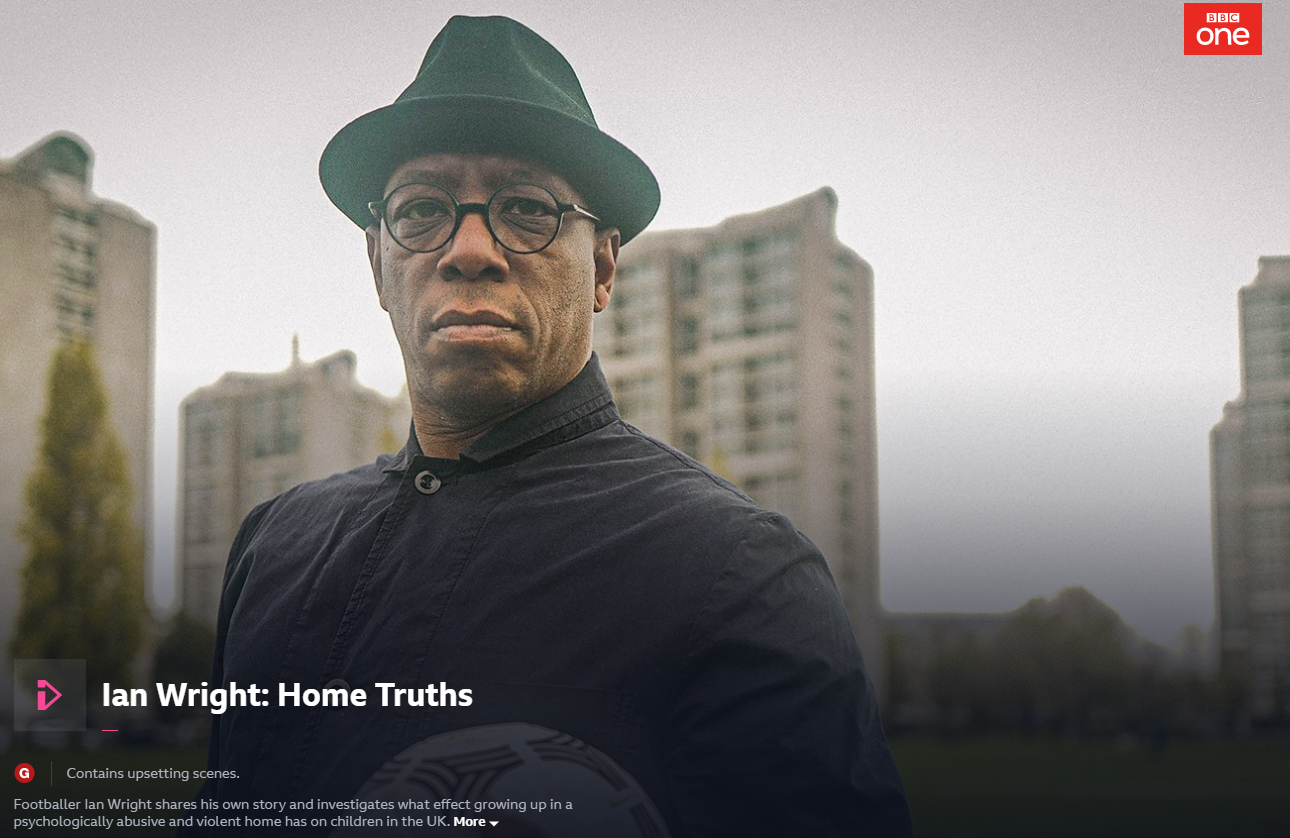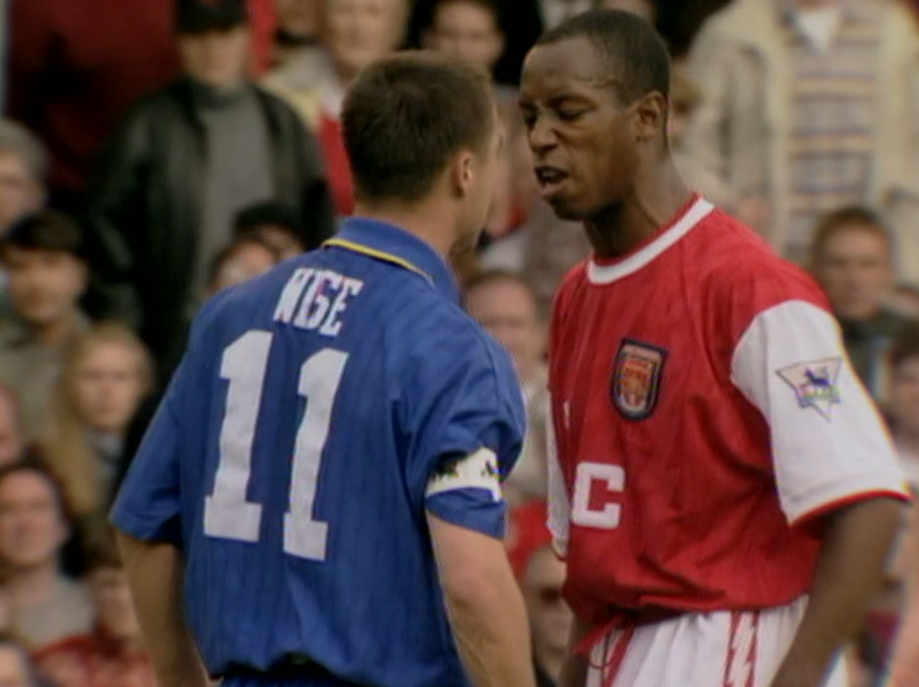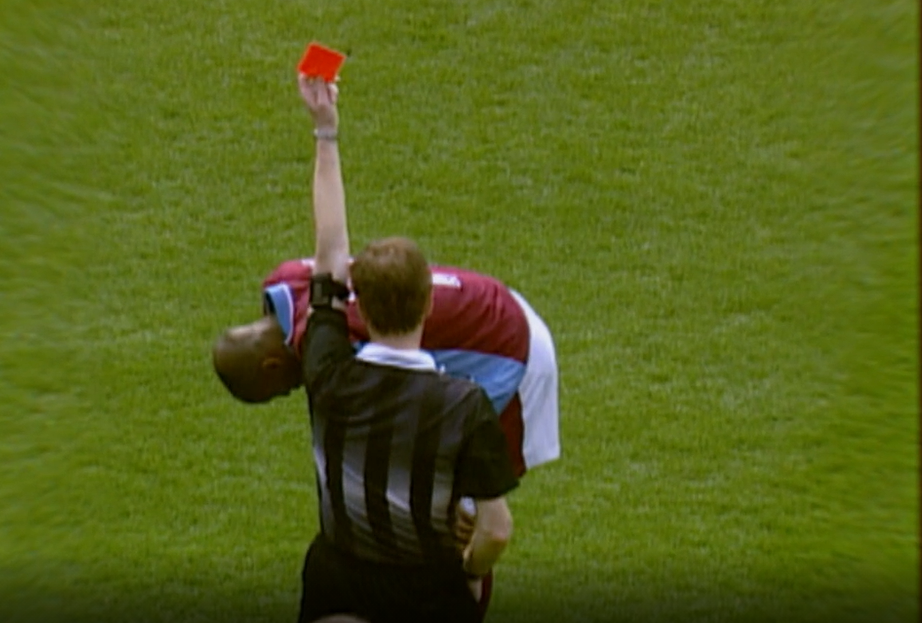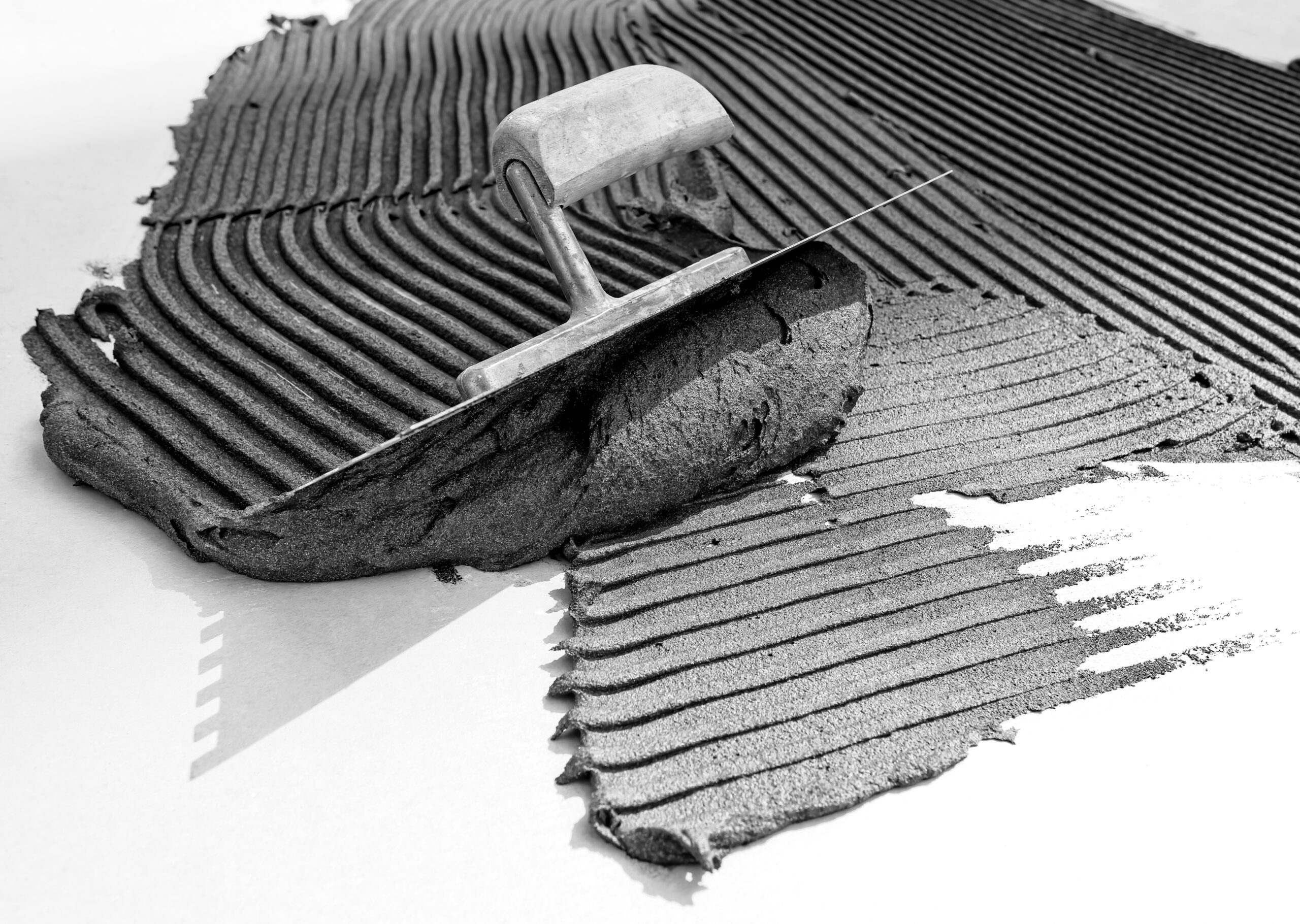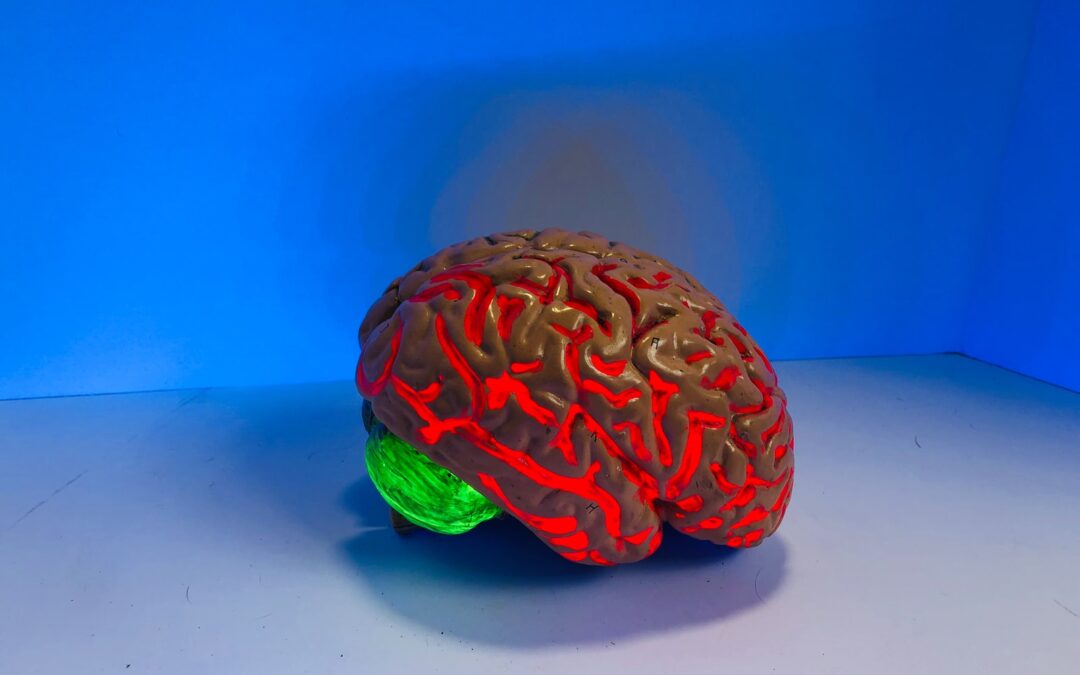
How neuroscience can help your recovery
A vast majority of the collective is traumatized. It’s our secret, unrecognised, epidemic. Trauma extends far beyond the ‘big’ events. At its core is disconnection from the true self. It presents as depression, as deep lonliness, and anxiety. All of us have healing to do. All of us are guiding each other home – back to the mind, body, spiritual connection we had at birth. “Broken” is the illusion created by trauma. Wholeness is the truth.

Fighting with your ‘self’ is not the best way
One of the most important differences that neuroscience is helping us with is the idea that there is a better way to recover than fighting with yourself. Never have we been in such a position to understand our inner workings. All the research results we have point towards working with yourself rather than against yourself as the best way forwards.
Traditional, medical based approaches tend to encourage fighting with yourself as a way of recovering through strength and determination. But this is a fight that most people lose, for two reasons. Firstly it is your core self (from your mind) that is figthing your brain. But your brain does not like to be pushed around. Remember that your brain is programmed to take over at moments of threat. Secondly, your brain is only doing what you have trained it to do. Don’t attack the brain for working really well!
Neuroscience research has shown that hating your addictive nature is for most people counter-productive. This may be a new idea to you and so I want you to take some time to consider it. Remember that we have all been a little brainwashed by the idea of ‘spiritual diseases’ and the Demon drink. What makes it more confusing is that there are some people who have acheived a recovery doing just that! Well, it may have worked for them, but working with yourself is much more liklely to succeed.
Having ‘parts’ of you is normal!
One of the biggest challenges to the medical approach is the idea that having parts of you is normal. We have been taught for many years that anything like the idea of ‘voices’ or having ‘parts’ of our personality means that we are ‘mentally ill’. How many times have you heard people joke about people coming to ‘take you away’ if there was anything as simple as hearing you talking to yourself.
Have you ever said “I’m in two minds about that”. Or “I don’t know what came over me”. These are normal signs of the idea that you have both a brain and a mind and that they work separately from each other. Just think about your imagination for a moment, hasn’t it offered you solutions to problems that you did not think of through deductive reasoning? It’s like magic! Another bit of evidence of the complexity of the human condition that we should accept as normal. The trick is to use this idea to produce inner harmony as part of your recovery rather than go on hating parts of yourself and remaining in conflict.

We now know that this experience is completely normal. For most people this can involve very useful conversations and progress for us. The main thing to consider if you have any doubts, is where any ‘voices’ come from. If you experience them from outside of yourself, hearing them as you would hear anyone else talking to you, then this is something to investigate with a psychiatrist rather than talking therapy, as it is a sign of an issue with the brain itself. But if the voices are heard within the mind as influences or strategies, then you are talking about a perfectly normal experience. And one that can bring enormous benefits for you in your journey of recovery.

Anxiety and Depression are not diseases that need medicine
The medical approach always starts with the same idea “what’s wrong with you?” Think of anxiety and depression more like warning signs that there is something in your life that needs attention. Dr Caroline Leaf says these feelings are real but not in need of a medical label. Something needs attention, there is a challenge that is not being faced. I can’t tell you the number of times someone has come into my counselling room and told me that there is something wrong with them because they are depressed or anxious. But after some discussion I have told them that their depression/anxiety is evidence of their sanity! In other words it’s normal given their situation. If they were not depressed there would be something wrong!
Addictions, particularly substance based addictions, come about mainly because we develop ways of avoiding feelings. Over the years a belief develops that painful feelings are firstly to be avoided, then that they are dangerous and finally, that they will kill you. This belief continues to strengthen over time and has to be challenged and courageously faced by anyone serious about wanting to recover. Once you begin to think of yourself as working well rather than needing to be fixed, you can start to work with yourself more. Understanding that you have trained your brain to intervene at these times. Taking the time to get to know your self and how your brain intervenes when it perceives a threat to you is a much better way of developing your recovery journey.
Trauma is at the heart of the issue
Whenever we experience harmful or toxic behaviour, particularly in our childhood, our brain stores the experience as something to be watched for. Think of it like a third option that the brain has when given information from our senses. The first two options are, one, throw it away! Not all information is valuable! Your brain decides that what you had for breakfast three weeks ago on Tuesday is not vital and can be discarded. The second option is when the brain decides that the information is useful and passes it back to the memory (into the Hippocampus). This can then be retrieved later. So the third option is rare but when it happens, it is stored permenantly (in the Amygdala) until you change it! That is why it’s so important that you learn to work with yourself. If you fight these parts, it’s like having a go at someone for trying their best to help you! Remember, your brain is working well, you need to acknowledge this and appreciate it!

There is another important aspect of trauma that you need to understandand is one of the reasons it may have confused you up to now. Remember that it is your younger self that was traumatised, not your mature grown up self. This is important because it means that the threat your brain is reacting to and protecting you from may not be threatening to you as an adult! So you don’t recognise it because it was only threatening to you as a child. This is one of the many ways that trauma can be confusing to us. Common sense does not usually get you there. Especially when that common sense is based upon the medical model.

Trauma is much more common than we think
In the First World War or ‘great war’ as it is known, the phenomenon of ‘shell shock’ was noticed. Soldiers returning from war would stare vacantly for long periods and not speak. I have a memory of my Uncle Johnny who fought in the war, but no memory of his voice. I never heard him speak. Before we understood this better, we tended to think of trauma as being down to the size of the explosion. Now we know that it’s not the size, but how the experience affects us that is the important factor. Clearly this leads to the idea that all sorts of things can cause trauma, not just explosions. The other important factor is that little children are much easier to traumatise than adults. They have little or no knowledge of the way the world works and can be made to believe things very easily. Their brains are not fully formed and their security can be threatened by the smallest things.
This means that there it’s highly likely that you have been traumatised as a youngster. For some of you, this will be obvious and you will have a memory of some bad experience. For others, you will not neccesarily remember anything. This is generally because the event does not seem threatening to you now or that you were very young when it happened. The good news is that neuroscience shows us that we do not have to go down the medical (psychotherapy) route and understand all the causes and conditions. We simply need to talk around these things and show our brain that this ‘threat’ is no longer dangerous. This is called rewiring.
You have all the resources that you need
Wouldn’t it be great if you didnt need to go and get anything in order to achieve your recovery? Well the good news is that you already have all the resources you need. Up to now you have probably been telling yourself that you are going crazy. Or some form of this, bad mad or sad as we used to say in the rehab business. Well you may be all of those things, but you do not need to get rid of them in order to recover. You are not crazy, you just need to understand yourself better.
The resources you need you already have. Think of these as the resources of your true self! They are generally understood as calmness, clarity, creativity, curiousity, confidence, courageousness, connectedness and compassion. Many thousands of people have been tested across age, gender, culture, religous beliefs and sexual preference and the results are always the same. We all have these resources! They are natural and available to you, but not when your brain perceives there to be a threat!

Try this little experiment now. As you are reading this, ask yourself how you are feeling. Can you identify any or all of these eight resources? You may not have access to all of them but you will probably feel the presence of most. This is because you are in your core self. In other words, your brain is trusting you to handle this situation. If you can identify with things like calmness and confidence, clarity and connectedness, then take a moment to imagine this with me. Imagine if you could stay in this state all week, no matter what happened! If you could find a way to remain in your core state all the time you would be recovered! This is because you would be following the beliefs and aims of your core self, which is to not drink or act out on your addiction. It’s that simple. The work is to understand and learn to manage yourself in this way.
Remember, it’s a matter of getting your brain to trust you in situations that you have trained it are dangerous. There are certain techniques for this that are very simple, just the fact that you have read this has already started the process of rewiring. If you want to consider this approach to recovery further, call for a free consultation. 07764996223. You can bring your questions and you will get enought time to consider if you feel you can work with me in this approach. Here is a link to an interview with a client who had spent a small fortune on traditional approaches prior to coming into the A2R treatment. Thanks for taking the time to read this.




